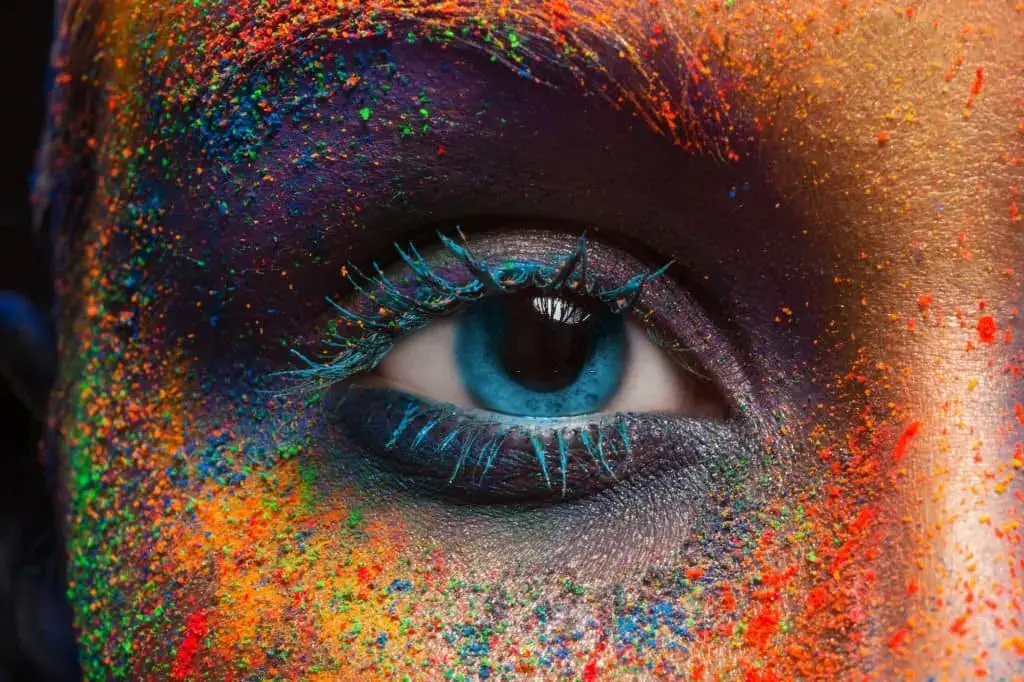
Normal Color Vision
“You have normal color vision, which means you can see up to one million distinct shades of color!”
ANALYZE
If you have any doubts about the test result, you can re-test OR Find an ophthalmologist to confirm your suspicion.
| Accuracy (%) | Total Trials | Correct | Wrong |
|---|---|---|---|
The cones in our eyes find out the different type of level color deficiencies - from just slightly seeing one or two colors differently to seeing no color at all (which is rare) down. There are only two main types of color vision deficiencies that represent how our eyes respond to green,blue & red light.
 Modified
Modified
 Original
Original
Deutan
A Deuton is a person who has either deuteranopia or deuteranomaly. This type of color blindness or deficiency affects green cones. In the complete absence of green cones green looks beige and red and orange Brown. Yellow and green appear more red if there is a deficiency. Purple and blue also look similar. Deuteranomaly is the most common color vision deficiency affecting approximately 5% of men and less than 1% women.
 Modified
Modified
 Original
Original
Protan
A proton is a person who has either protanopia or protonomaly. This type of albinism or deficiency affects the red cones. In the complete absence of red cones, red and purple may appear brown or even black. green and orange look yellow. If only lacking, red and orange appear to be a green color and many colors such as red, orange, purple and green are not as vibrant.
 Modified
Modified
 Original
Original
Tritan
A tritan is a person who will have either tritanomaly or tritanopia. This type of color blindness affects blue cone cells and is very rare. Looks like pale purple or light brown in the complete absence of blue cones And blue looks like green. If only lacking, blue looks green and yellow may look like red or pink.
RELATED TOOLS
DISCLAIMER
The color blind test was created for informational and educational purposes only. The results provided by this tool are not 100% accurate and should not be considered professional medical advice or treatment. If you think or suspect you have a color blindness-related issue, please consult an eye care professional.


